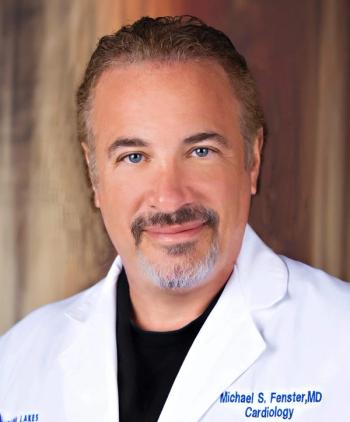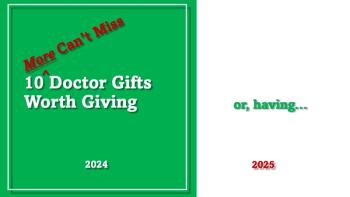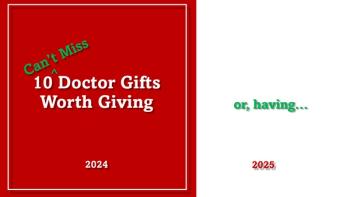
Documentation Is Key in Diagnosis-Related Malpractice Suits
A common contributor to medical malpractice lawsuits is a patient's claim that the physician never accurately communicated information related to the diagnosis. To defend themselves, doctors need to carefully document, communicate, and then follow up on their diagnoses.
One of the more common contributors to medical malpractice lawsuits is a physician’s failure to diagnose -- or at least a patient’s claim that the physician never accurately communicated information related to the diagnosis.
It happens often, according to Professor Marc Ginsburg of the
“Doctors understand that these lawsuits are occupational hazards,” Ginsburg says, “so they need to have in place a process by which they can defend themselves when these cases come up. That is absolutely critical.”
Documenting Is Imperative
Ginsburg paints a classic physician-patient scenario: A patient goes to see his or her physician with a health-related complaint or an ailment. Following the examination, the doctor is in the position of making a diagnosis, or at least determining that a condition might exist that is worth pursuing. The doctor will then make a recommendation that the patient see a specialist, take a specific medication, or have an EKG or blood tests done.
Those recommendations must be carefully and completely documented in the patient’s chart, as should any conversations the doctor had with the patient. A process needs to be in place to follow up with the patient to make certain the tests were done and/or referrals carried through.
“That’s important,” Ginsburg says, “because when a lawsuit is filed claiming the doctor failed in a diagnosis, the doctor has the chart evidence and the record evidence to indicate that not only were all these details discussed with the patient, but that the doctor contacted the patient regarding the follow-up.”
Sandra Radna, a medical malpractice attorney and principal with
For example, a doctor refers a patient to a surgeon for a biopsy of the lump on her breast and the patient does nothing. A year later, when the physician asks the patient about seeing the surgeon, the patient may say the doctor never told her to do so. If the referrals the doctor made are documented in the patient’s chart, the doctor is covered. But if the doctor simply told his secretary to give the patient the name of the surgeon and didn’t write anything down, “the doctor could be on the hook,” Radna explains. “How is he going to prove that it was the patient who didn’t follow up?”
Communicate and Follow Up
Radna stresses that, when it comes to taking steps to avoid lawsuits, it’s very important for physicians to have dialogues with their patients, and to explain things in great detail. If a patient is hesitant about having a biopsy, the doctor needs to discuss the risks of having -- and not having -- the biopsy. “Depending on the biopsy procedure, there are different risks involved,” she says. “It’s very important for the doctor to feel the patient has an understanding of what was explained to them.”
And, Radna adds, if a doctor wants to be extra careful, “have a staff member in the office with him when he makes the explanation. Then he has a witness.”
Follow-up to a patient’s initial exam is critical, Ginsburg says. Too often when a patient’s tests results are received, they’re simply placed in a file with no follow up. A follow-up system needs to be in place so that the doctor knows what the test results were, and that the patient is contacted.
“Failure to diagnose diseases is typically a time-based claim,” he says. “Physicians need to be very careful about the way they chart their interactions with patients. If the time comes, that chart provides the best evidence of what they did.”
A Role for EMRs?
Can greater usage of electronic medical records (EMR) help physicians ward off diagnosis-related lawsuits? Radna says it depends on the physician, “because the doctor is still going to be inputting the information.” She explains that EMRs eliminate the problem of handwritten records that are not legible, but if the doctor doesn’t include a detailed narrative, all the fill-in-the-blanks can turn the record into a cookie-cutter format.
Ginsburg agrees. “I’m not sure that electronic medical records are currently personalized to the same extent that the old-fashioned handwritten records are,” he says. “They can tend to look the same for all patients. Science is always ahead of the law. I think [EMRs] will become the common denominator, but I’m not sure they’re there yet.”
Until then, a physician’s chart is still the best defense. “The way cases are lost is when it’s the doctor’s word against the patient’s word,” Radna says. “Doctors can win their cases by having a well-documented file.”
Newsletter
Stay informed and empowered with Medical Economics enewsletter, delivering expert insights, financial strategies, practice management tips and technology trends — tailored for today’s physicians.




